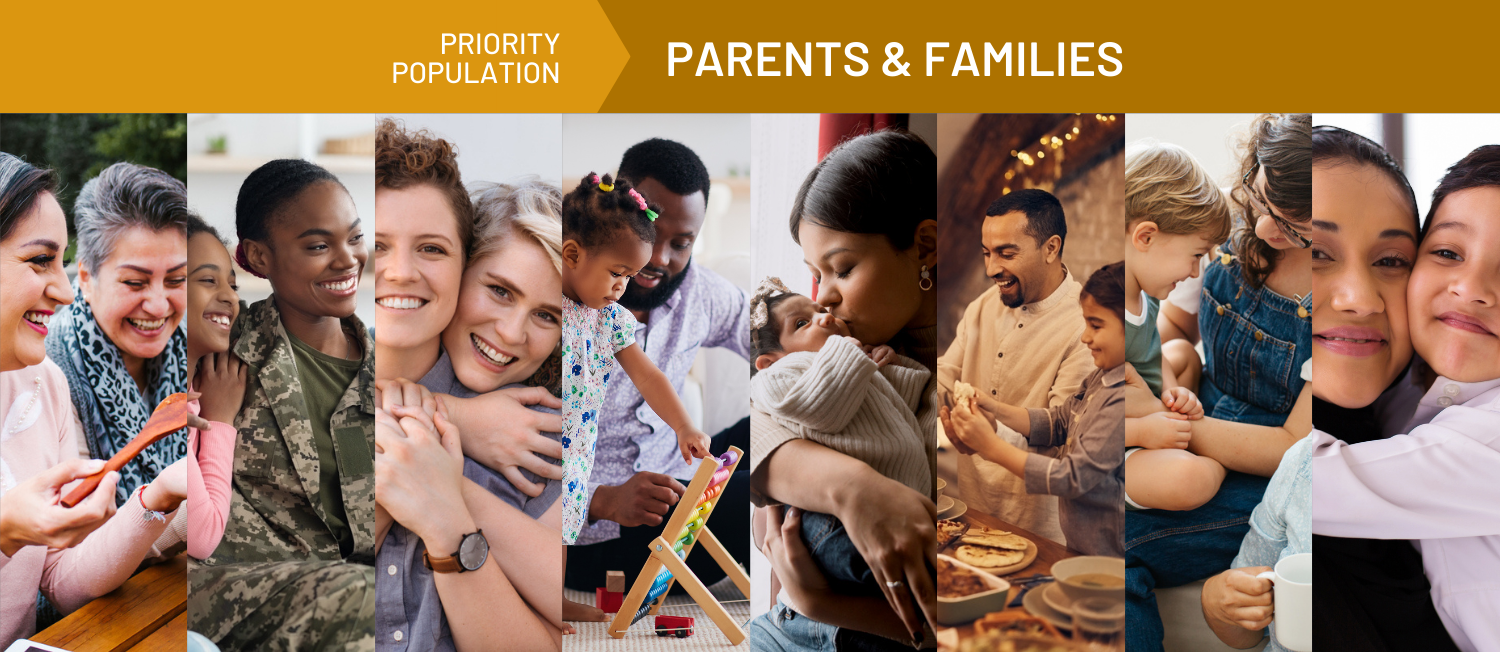Adverse Childhood Experiences – Trauma in Children Across the Nation
- Copyright
- 2017
- Published Date
- 12/19/2017
- Published By
- Community Commons
New national data show that at least 38 percent of children in every state have had at least one Adverse Childhood Experience or ACE. ACEs such as the death or incarceration of a parent, witnessing or being a victim of violence, or living with someone who has been suicidal or had a drug or alcohol problem make up a lengthy list of traumatic stressors in a child’s life. In 16 states, at least 25 percent of children have had two or more ACEs. Findings come from data in the 2016 National Survey of Children’s Health and an analysis conducted by the Child & Adolescent Health Measurement Initiative (CAHMI) at the Johns Hopkins Bloomberg School of Public Health.
ACEs can have serious, long-term impacts on a child’s health and well-being by contributing to high levels of toxic stress that derail healthy physical, social, emotional, and cognitive development. Research shows that ACEs increase the long-term risk for smoking, alcoholism, depression, heart and liver diseases, and dozens of other illnesses and unhealthy behaviors. The new data show that 33 percent of children with two or more ACEs have a chronic health condition involving a special health care need, compared to 13.6 percent of children without ACEs.
Nationally, more than 46 percent of U.S. youth—34 million children under age 18—have had at least one ACE, and more than 20 percent have had at least two. The new analysis includes state-by-state percentages of children with ACEs, ranging from 38.1 percent in Minnesota to 55.9 percent in Arkansas. The ten states with the highest rates are either in the South or West.

ACEs impact children and families across racial, ethnic, and socioeconomic groups.
- White children are less likely to have ACEs than Hispanic or black children, but they make up the plurality of all children who have had ACEs. Roughly 40 percent of white children have one or more ACEs, compared to 51 percent of Hispanic children and nearly 64 percent of black children. But in part because of demographics, 46 percent of children who have had one or more ACEs are white, whereas 27 percent are Hispanic and 17 percent are black.
- ACEs are more prevalent among children in low-income families—62 percent of children with family incomes under 200 percent of the federal poverty level have had at least one ACEs. But they occur among children at all income levels—26 percent of children in families with incomes higher than 400 percent of the federal poverty level have had one or more ACEs as well.

ACEs impact a child’s social emotional development and chances of school success.
- Children ages 3 to 5 who have had two or more ACEs are over four times more likely to have trouble calming themselves down, be easily distracted, and have a hard time making and keeping friends.
- More than three out of four children ages 3 to 5 who have been expelled from preschool also had ACEs.
- Children ages 6 to 17 who have had two or more ACEs are twice as likely to be disengaged from school than are peers who have had no ACEs.

Supportive relationships and teaching resilience skills can mitigate the effects of ACEs.
- Children ages 6 to 17 who have had two or more ACEs but learned to stay calm and in control when faced with challenges are over three times more likely to be engaged in school compared to peers who have not learned these skills.
- Children whose parents report “always” having positive communication with their child’s health care providers are over 1.5 times more likely to have family routines and habits that can protect against ACEs, such as eating family meals together, reading to children, limiting screen time, and not using tobacco at home.
The ACEs assessed in the survey are:
- Somewhat often/very often hard to get by on income
- Parent/guardian divorced or separated
- Parent/guardian died
- Parent/guardian served time in jail
- Saw or heard violence in the home
- Victim of violence or witness violence in neighborhood
- Lived with anyone mentally ill, suicidal, or depressed
- Lived with anyone with alcohol or drug problem
- Often treated or judged unfairly due to race/ethnicity
As outlined in the recently released Pain in the Nation report from the Trust for America’s Health and the Well Being Trust, many efforts to combat ACEs and their effects have begun across the country. Including, but not limited to a focus on interventions that build up resiliency in children such as:
- Trauma-Informed Care for Children and Families Act of 2017 that would encourage states to collect and report data on ACEs
- Safe Environment for Every Kid (SEEK) program, which helps screen children and their caregivers for ACEs and other risk factors beyond traditional health concerns
- School-based and tween/teen screenings and identification of risks such as the Screening, Brief Intervention, and Referral to Treatment (SBIRT) tool and other tools that screen for the impact of prolonged trauma and ACEs to help identify students at risk and connect them with appropriate services
Data & Metrics
Related Topics







